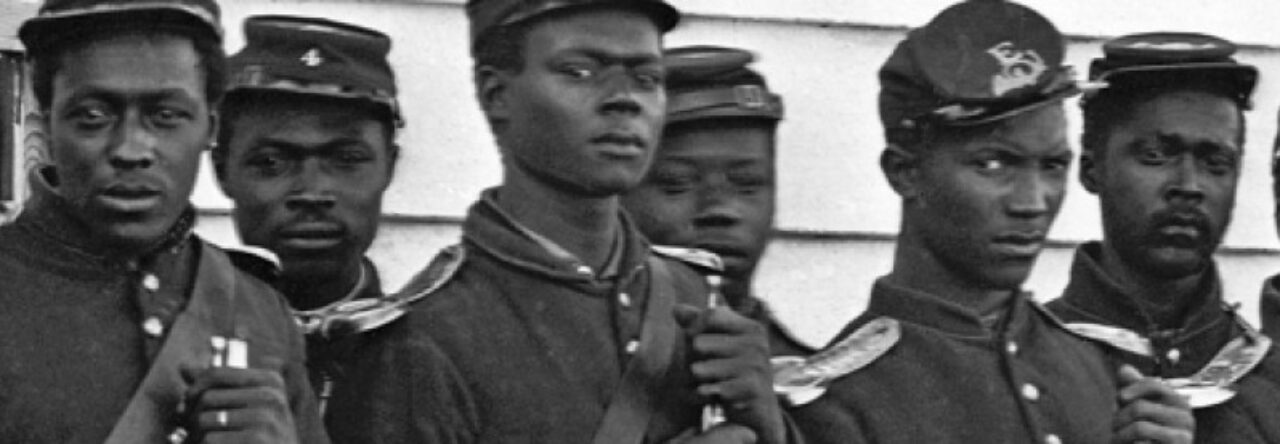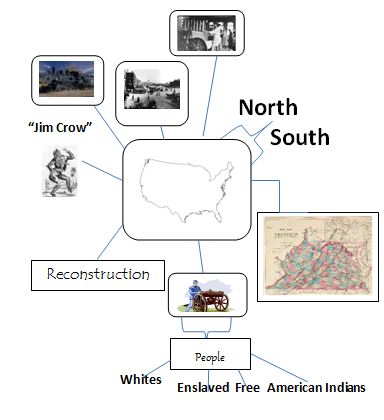Earlier today Matt mentioned the use of note taking in picture form (sorry I can’t remember exactly how it was stated). However, it immediately reminded me of Concept maps and Mind Mapping. Concept maps tend to be boring and dull to my students and I agree with them on that issue. Simple bubble maps with words connected to other words to show a list of information in a graphic form. Blah! Mind Mapping however is much more pleasing to the eye, can be colorful, may include words and pictures, but is best seen as a tool a student can make to use for their own understanding of a central topic. These are very similar to word clouds where it focuses on the big ideas but should be expanded down to minor sub-topics. Most of the time students hand create these. Above I have put together (created mine in MSWord, roughly I might add) the Virginia Department of Education’s state objectives for teaching the Civil War. Even if you do not teach in VA, I’m willing to bet you could figure out the topics to be taught based on the diagram. My central image is that of the United States as a clue that whatever this is, it happened here. If you begin in the upper right hand corner with the words “north and south” and work around the map clockwise it will directly follow the objectives.
-
A Nation Divided – North vs. South
-
Virginia once included West Virginia
- Battles (in VA)
- People involved: whites, enslaved, free, and American Indians
- Reconstruction
- Jim Crow laws
- Change in economy through – railroads, industry and growth of cities
I have used Mind Maps as both a pre-assessment and a final (summative) assesments. Simply by giving students the central topic they are to then show what they know in picture and/or words. After pre-assessing students, I would share the unit overview in Mind Map form where I actually draw on the Promethean Board as I outline the unit. Students can draw in their notes and add their own comments to help them remember. We would then proceed to take each sub-topic and expand further into the study. I’ve found by teaching this way students are first given an outline that is easily understood by the elementary student and secondly keeps me from leaving my objectives! The Civil War is one of those areas that a teacher could spend an entire year on and still not scratch the surface if they weren’t careful. I appreciate each time Matt points out the “best part to include” when teaching this information.
Mind Mapping is one of several note taking methods I teach my students. We use it across all content and sometimes even make posters of them to put up around the room as a resource to come back to for review.


salbertson
I love this example and appreciate the ideas. I teach sixth grade and so much of what we do is introductory and their background knowledge is so limited. Giving them a basic framework to build on is really important. I know they get bogged down when overloaded with too much information so it helps them (and me) to identify the essential elements and the basic ideas I want them to know. Making Mind Maps is a great way to incorporate visuals, main ideas, and basic concepts.